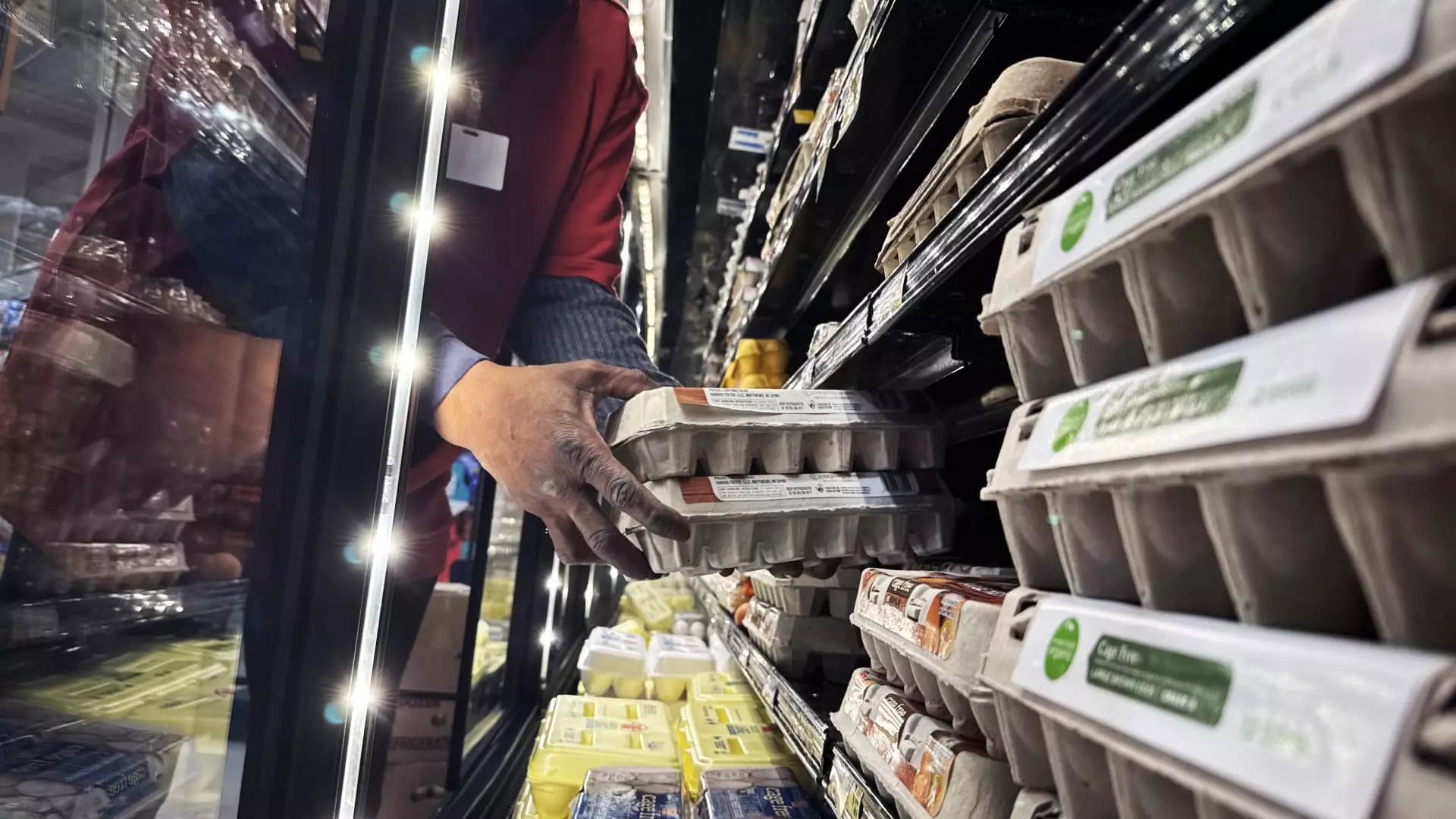In a rapidly changing economic environment, the concept of “sticker shock” has become all too familiar for the average American consumer. As inflation continues to surge, the vast majority of adults—reported to be approximately 90%—are feeling the pinch as prices soar considerably above their expectations. A recent Wells Fargo report highlights how increases in everyday expenses, such as food and transportation, have broadened the gap between consumer expectations and reality. Items ranging from bottled water to gas and dining experiences are now priced at levels that might make many second guess their purchasing decisions. This discrepancy, where price expectations are reported to be between 55% and 200% lower than actual costs, reflects significant economic strains faced by households across various income brackets.
As the financial landscape evolves, so too does consumer behavior. With a survey involving more than 3,600 participants, the Wells Fargo report reveals that many consumers are re-evaluating their spending habits, with an increasing number opting to cut back on discretionary purchases. According to Michael Liersch, head of advice and planning at Wells Fargo, the economic volatility has led to unpredictable value for the dollar, which inevitably alters consumer behavior. While it may take time for people to form new spending habits in this adjusted climate, Liersch posits that by the following year, there will likely be a gradual adaptation, whereby shoppers will become accustomed to the new price structure and create more strategic, goal-oriented financial plans.
Despite the surge in inflation, there’s been a notable slowdown in credit card debt growth, suggesting that consumers are learning to navigate the new financial reality more prudently. Charlie Wise from TransUnion points out that, while consumers may be living on edge financially, there is a discernible shift away from relying on credit as a primary tool for managing monthly expenses. After enduring years of heightened inflation, shoppers are beginning to accept the new normal price tags and adjust their spending thresholds accordingly. However, as underlying economic pressures persist, the prospect of further price inflation looms, particularly as proposed tariffs on imports from Canada and Mexico are set to come into play. Such tariffs could exacerbate existing challenges by inflating the cost of consumer staples even further.
The looming threat of tariffs contributes to growing consumer skepticism about future pricing stability. Both the Conference Board’s consumer confidence index and the University of Michigan’s consumer sentiment index reflect a palpable anxiety among Americans regarding potential inflation spikes. In fact, recent surveys indicate a noteworthy percentage of consumers—approximately 23%—anticipate that their credit card debt will worsen this year, partly due to preemptive purchasing ahead of price hikes. This turbulent economic backdrop emphasizes the need for strategic financial planning and prudent spending.
To navigate the complexities of fluctuating prices, financial experts like Andrea Woroch recommend implementing a structured spending plan to mitigate impulsive purchases and identify areas for savings. By meticulously tracking expenses and categorizing them into essential and non-essential items, consumers can pinpoint where they might be overspending. This strategic oversight allows for better control of finances, particularly in areas where prices are rapidly changing. Furthermore, identifying triggers for impulse buying, such as responding to promotional notifications or emails, can help consumers minimize unnecessary expenses and foster a healthier financial outlook.
Ultimately, taking charge of financial habits can substantially reduce the stress associated with rising costs. As consumers learn to navigate this altered economic landscape, fostering a strong understanding of personal finance can lead to more confident spending decisions. Informing oneself about current prices, setting realistic budgets, and prioritizing essential expenditures over non-essentials will empower individuals as they adapt to this ongoing economic evolution. With the right strategies in place, it is possible to manage finances effectively, despite the pressure of inflation and unforeseen costs that characterize today’s consumer landscape.

